Plastic Pitot Tube
Plastic Pitot Tube
£1.97 Original price was: £1.97.£1.70Current price is: £1.70.
ABS (Acrylonitrile Butadiene Styrene) Plastic pitot tube suitable for use with our range of Air Differential Pressure Switches and Sensors
Plastic ABS (Acrylonitrile Butadiene Styrene) pitot tube suitable for use with our range of Air Differential Pressure Switches and Sensors – 6mm diameter and 100mm total length.
The plastic ABS (Acrylonitrile Butadiene Styrene) round fixing point features two 3mm diameter holes, 15mm apart, for fixing, and an air direction indicator to show airflow direction.
Weight per Pitot Tube is 3 grams

Pitot Tube total length 100mm, 80mm inside ducting.

Plastic ABS (Acrylonitrile Butadiene Styrene) Pitot Tube air direction indicator
Used on Air Handling Units (AHUs), duct fans, kitchen supply and extract air flow to monitor pressure differential, and used in catering systems to replace the existing air sensors via cleaning contractors.
![]()
PDF Datasheets:
ABS-120
ABS_Magnum_3616_Trinseo-Resinex1
In HVAC, pitot tubes measure the velocity of air in ducts to determine airflow rates for balancing and system verification, using a simple device to sense both total and static pressure and calculating the resulting velocity with a connected manometer. They are cost-effective, reliable, and minimally intrusive, allowing for site-specific measurements with only small holes drilled into the duct, making them an ideal tool for monitoring large flows of air in boilers, dryers, and other HVAC equipment.
How it works
- Total Pressure: A pitot tube has a forward-facing impact tube that senses the total pressure of the moving air.
- Static Pressure: The probe also has radial holes that sense the static pressure of the air stream.
- Differential Pressure: A differential pressure instrument, such as a manometer, compares these two pressures.
- Velocity Calculation: The resulting difference, known as velocity pressure, can then be used with a calculation to determine the air velocity.
HVAC applications
- Balancing: Measuring airflow in ducts to ensure proper distribution throughout a building’s heating and cooling system.
- System Monitoring: Monitoring large volumes of low-pressure air in boilers, dryers, and other HVAC equipment.
- Verification: Verifying the performance of new or modified HVAC systems.
- Calibration: Calibrating air velocity measurements within the HVAC system.
Benefits
- Accuracy and reliability: Pitot tubes provide accurate and reliable measurements.
- Simple and robust: They are simple in design and reliable for various applications.
- Minimal intrusion: Only small holes are needed to install the tube in the duct, making it a minimally intrusive method.
- No pressure drop: Unlike some other devices, no air passes through the instrument itself, so it doesn’t create a pressure drop in the system.
- Cost-effective: Pitot tubes are inexpensive and reliable tools for measuring air velocity.
How a Pitot works
A Pitot tube (named after 18th-century French engineer Henri Pitot) measures fluid flow velocity by comparing static pressure and total pressure (also known as stagnation pressure). Static Pressure: Think of this as the ambient pressure in the system – the pressure you’d measure if the air weren’t moving.
- P. + ρ v. +γ z. = P. + ρ v. +γ z. .
- P. – P. =ΔP= ρ v. .
- ΔP=gΔh( ρ m. -ρ) ,
- ρ v. =gΔh( ρ m. -ρ)
| Pieces | 1, 10, 20, 30, 40, 50, 100 |
|---|
You may also like…
Related products
-
Air Flow Probe
£22.00 – £38.00Price range: £22.00 through £38.00 Select options This product has multiple variants. The options may be chosen on the product page

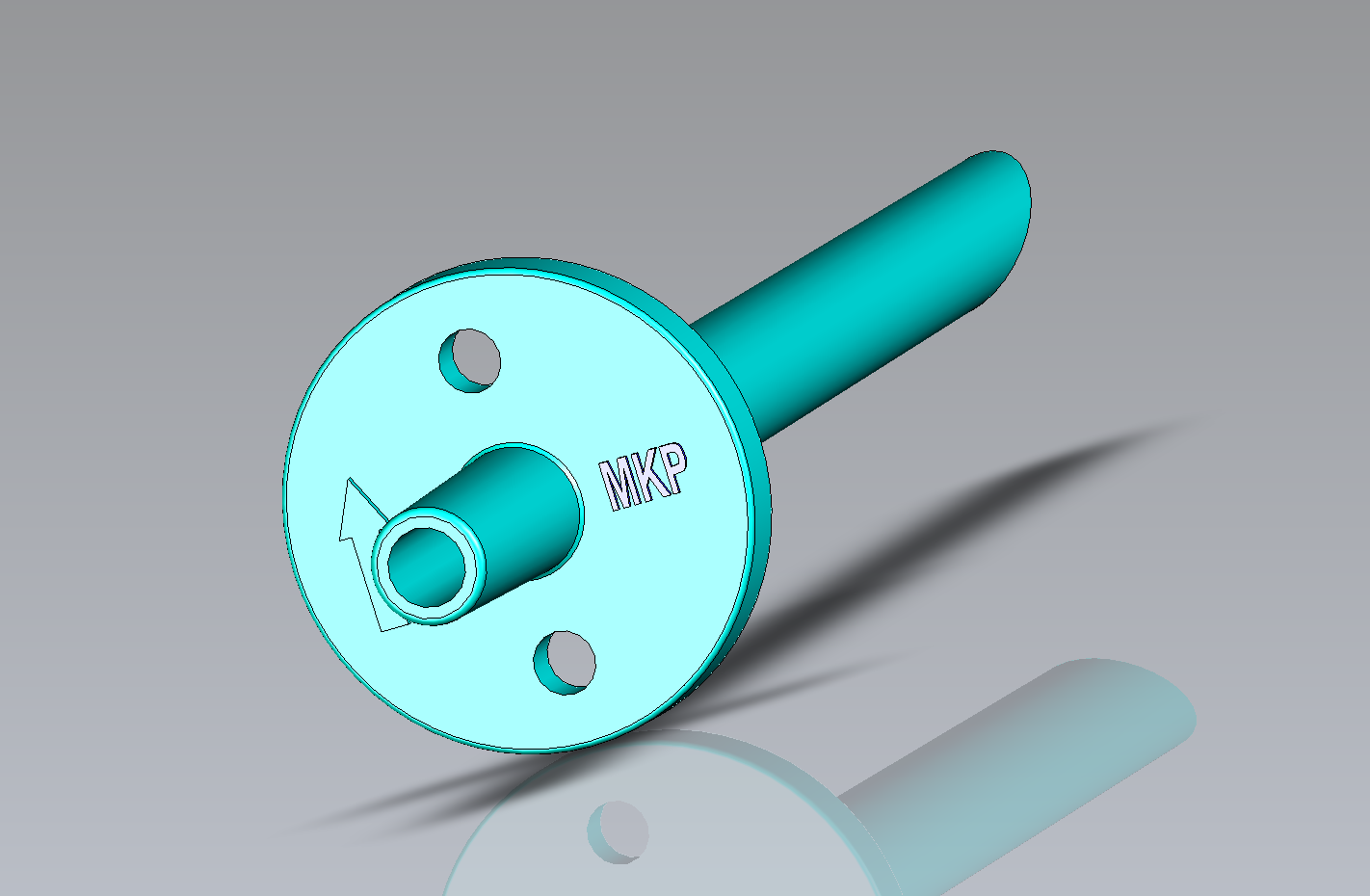
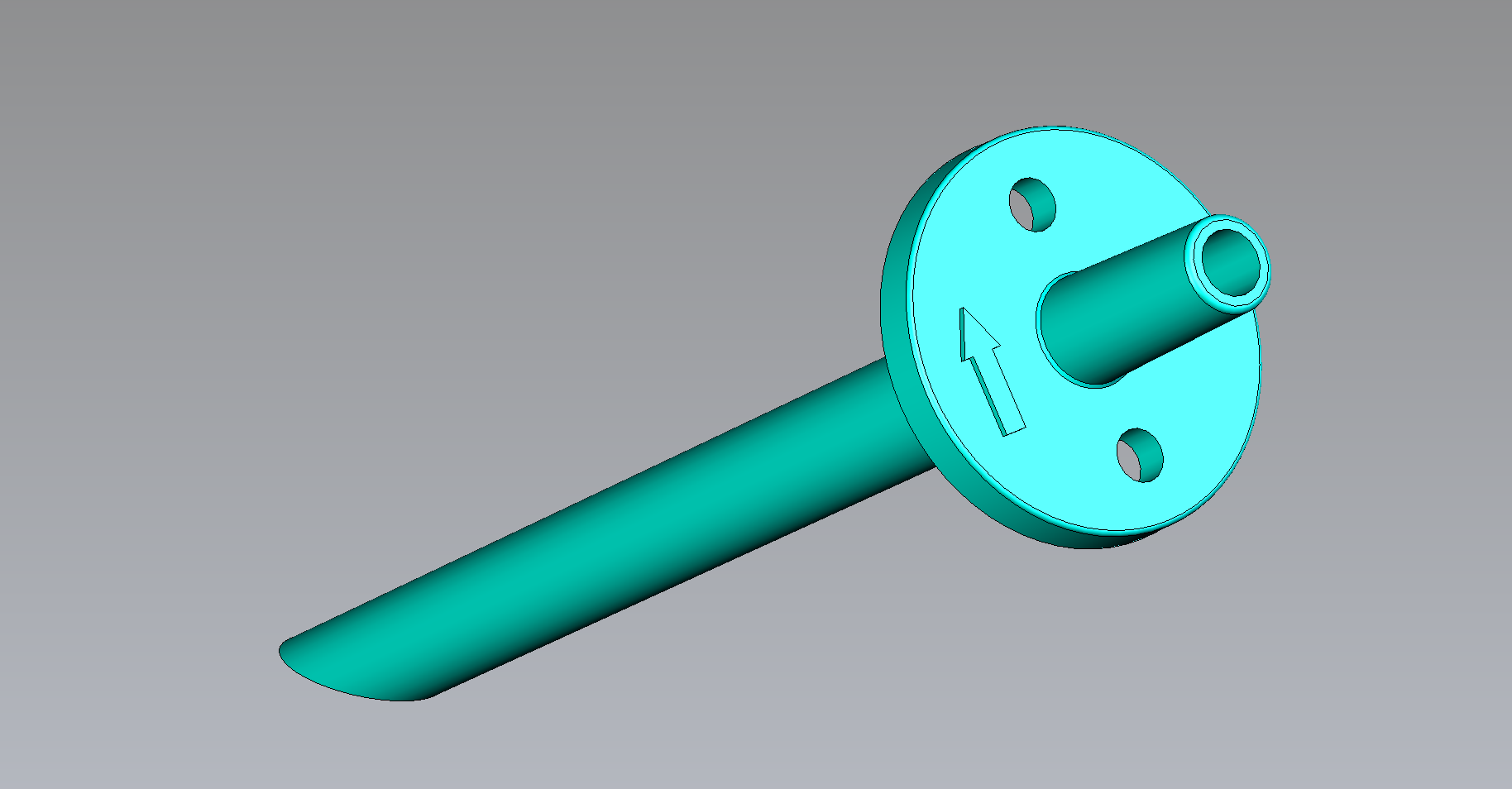
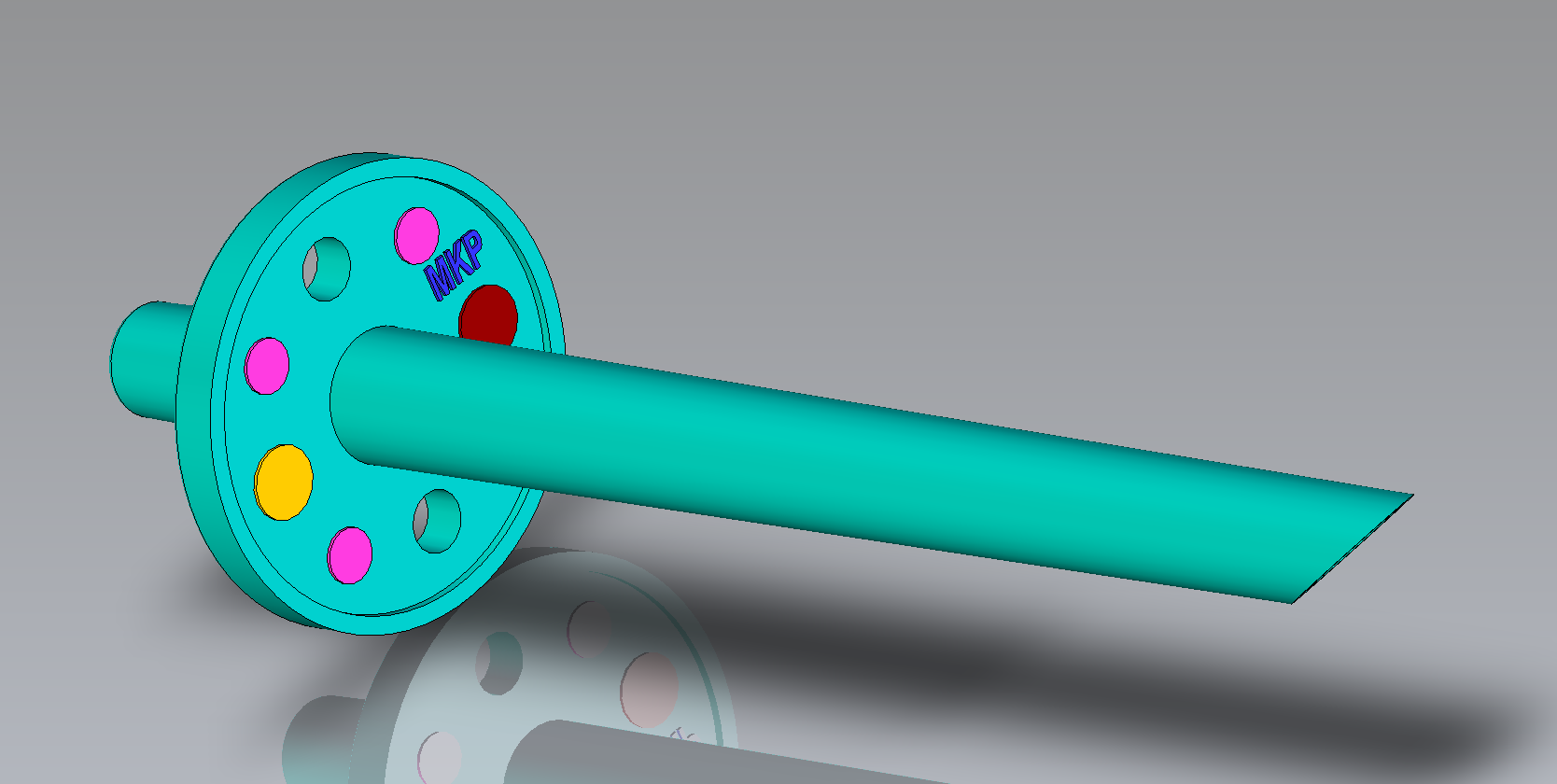
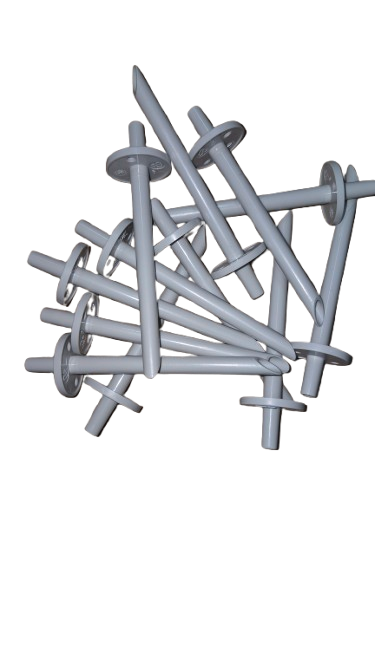


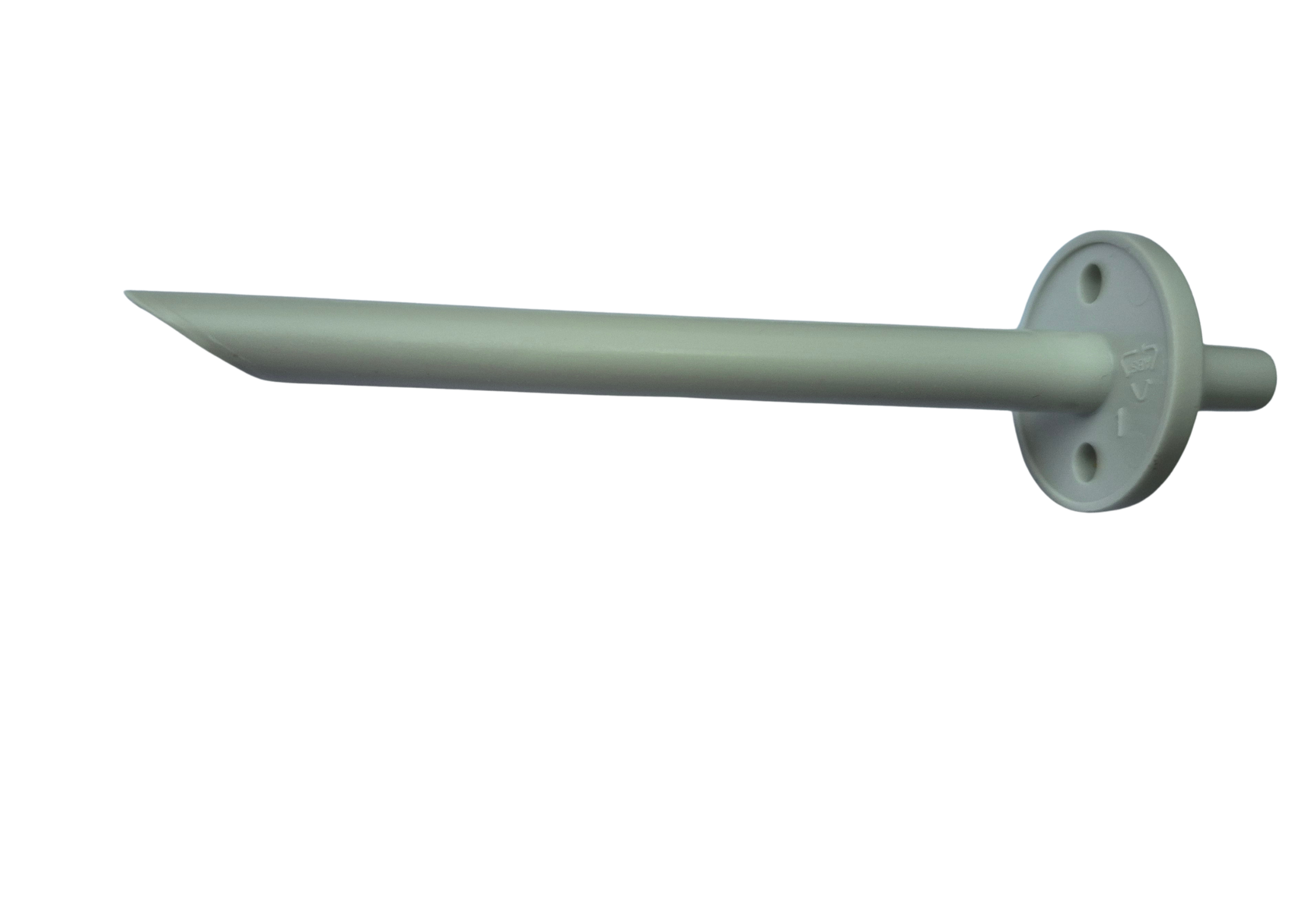
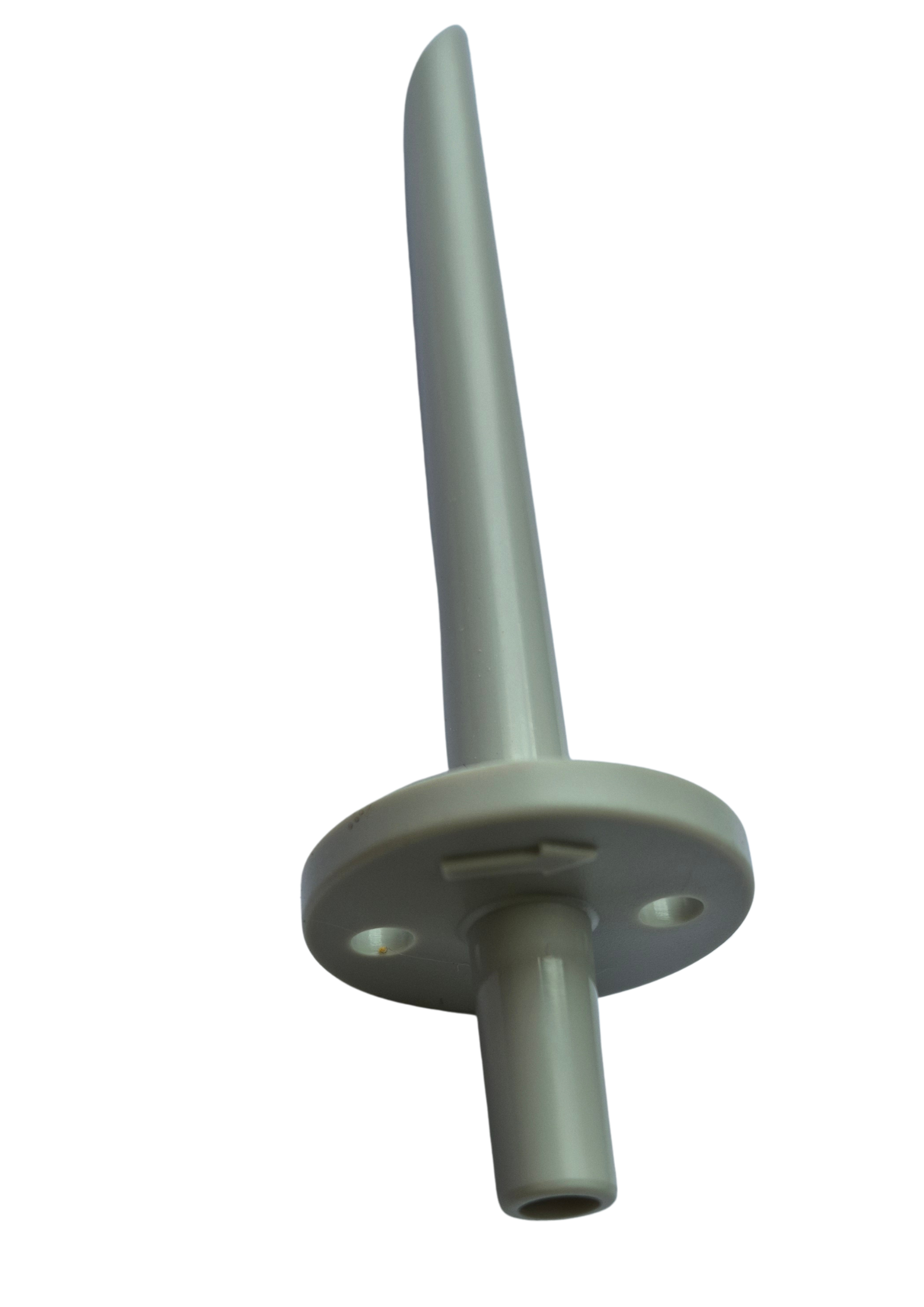
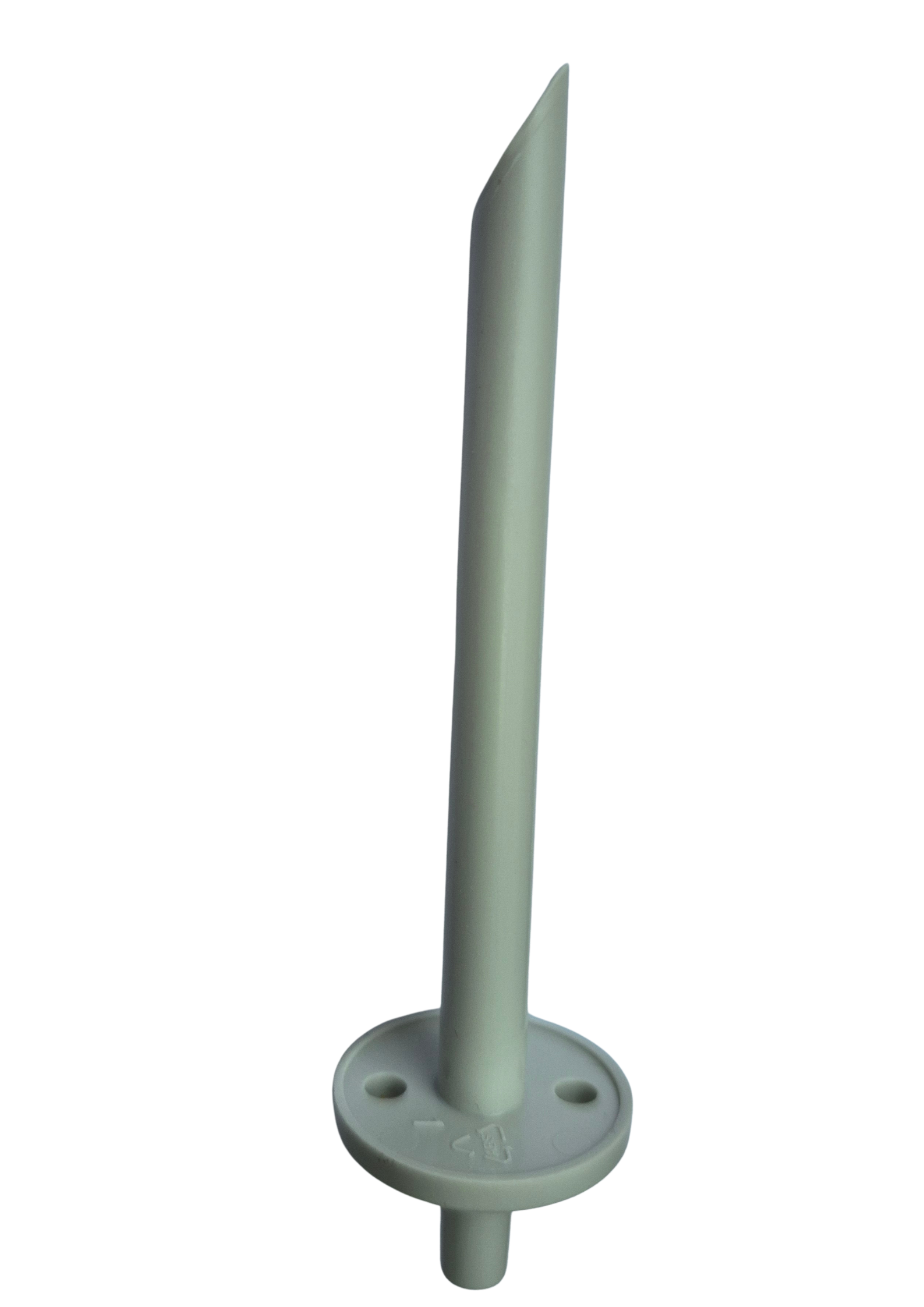
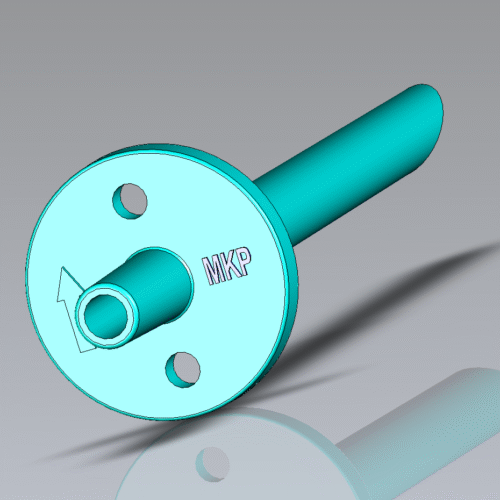
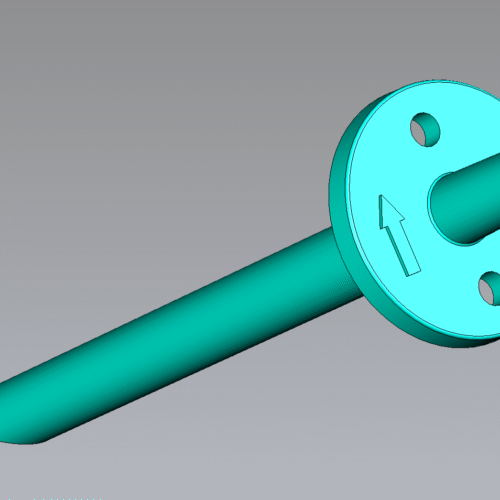
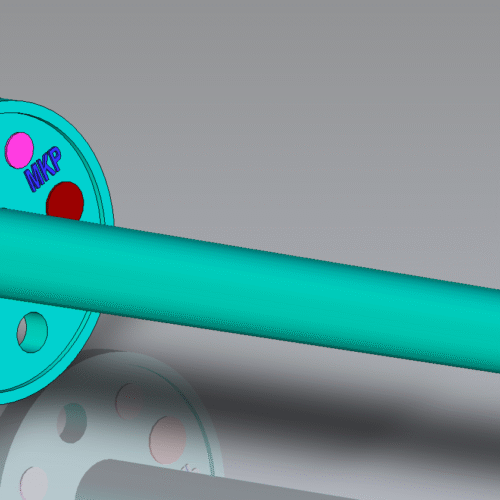
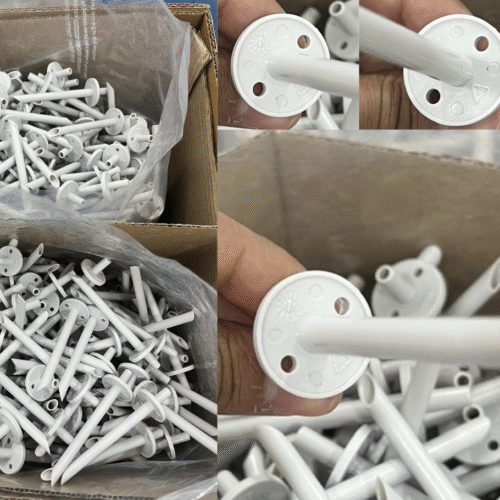
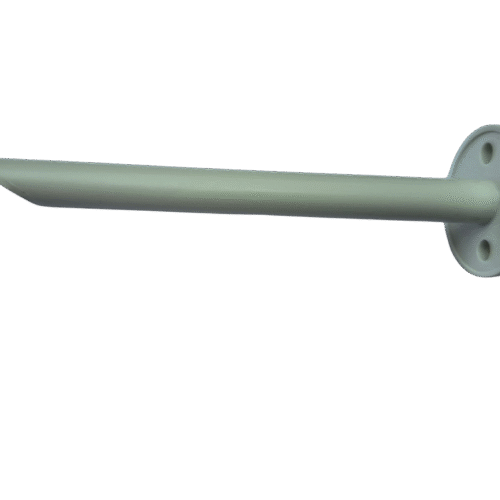
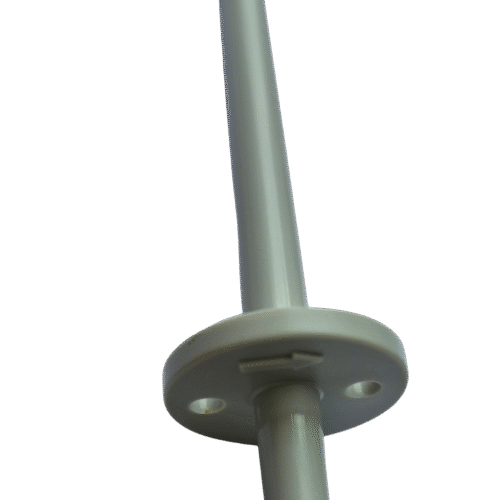
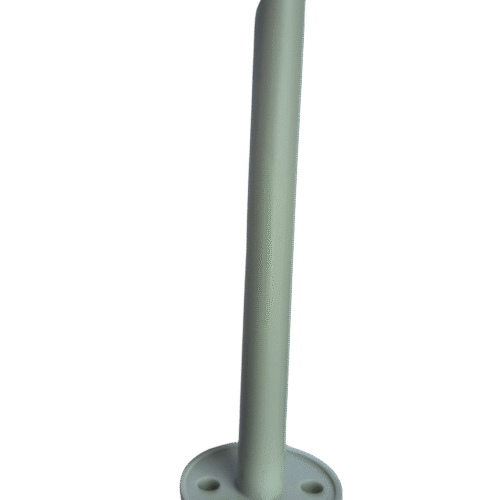
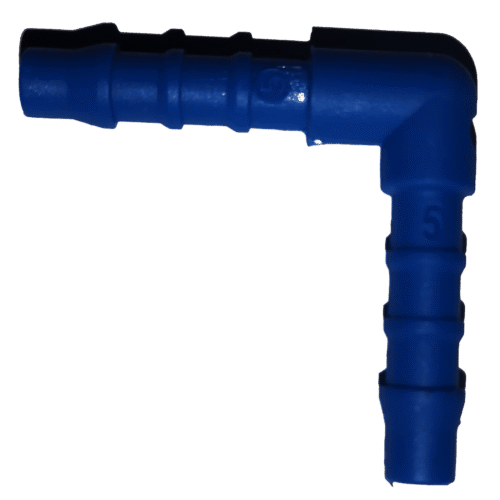
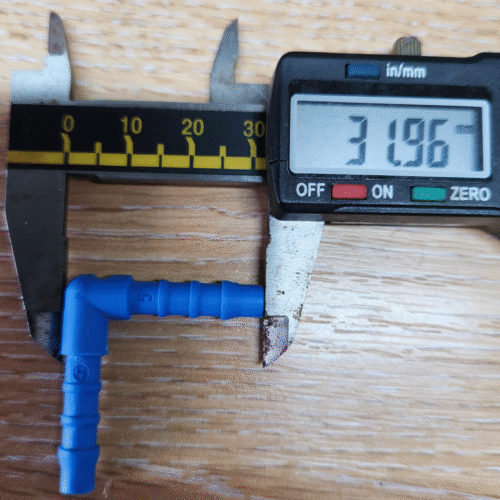
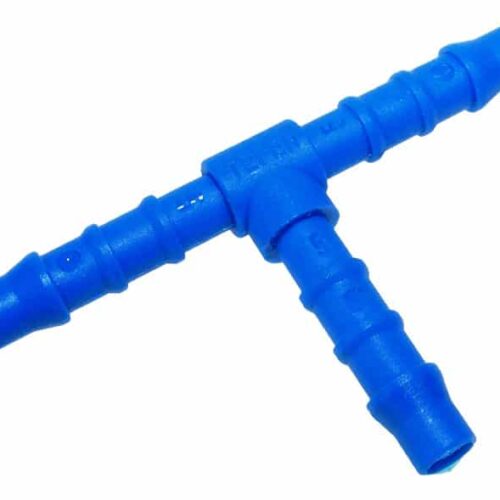
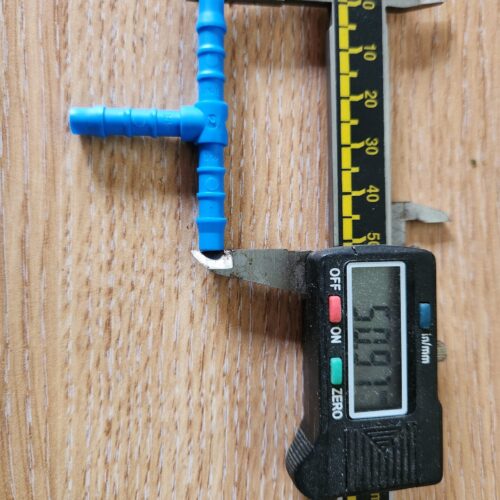
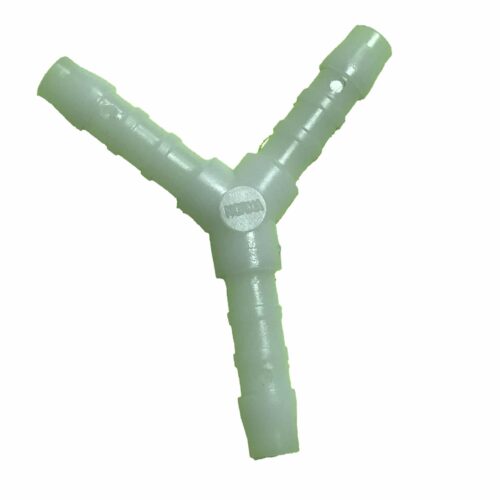
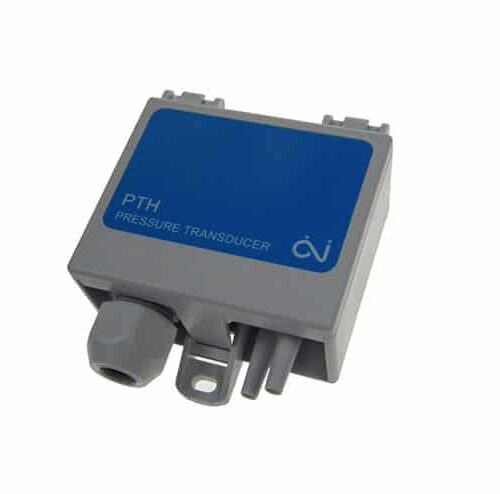
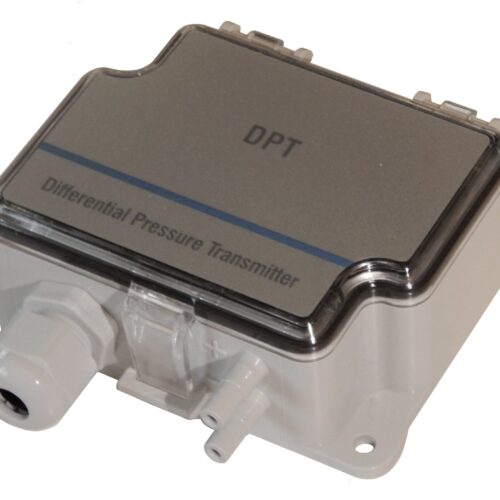
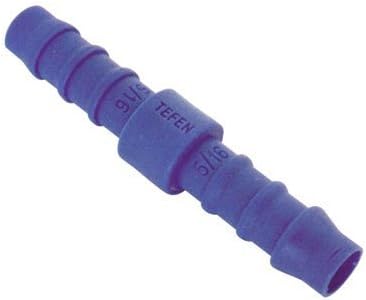
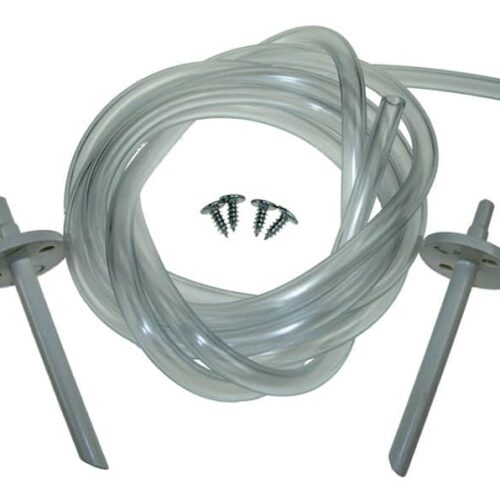
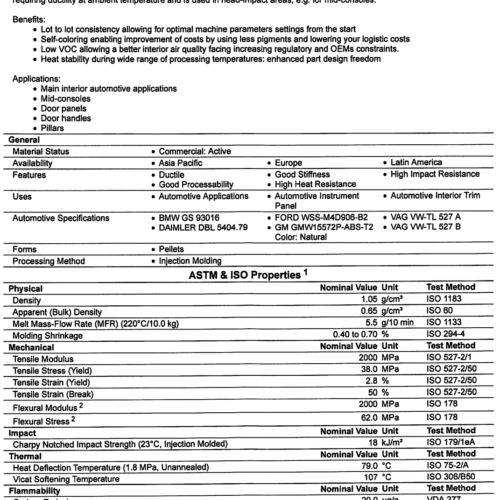
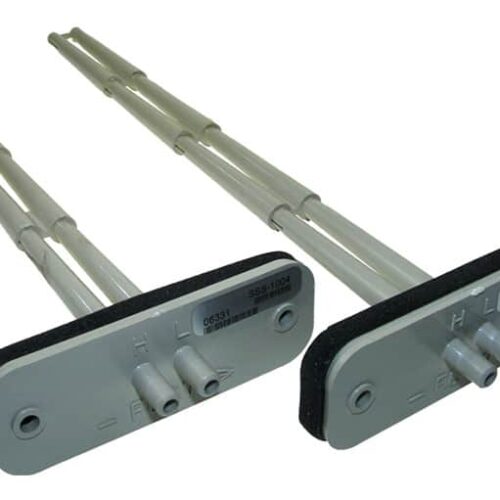
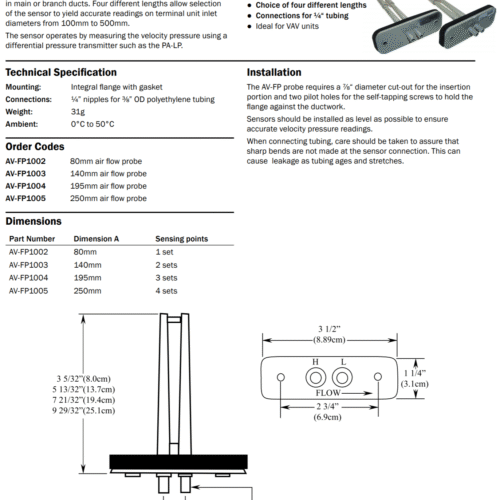
Reviews
There are no reviews yet.